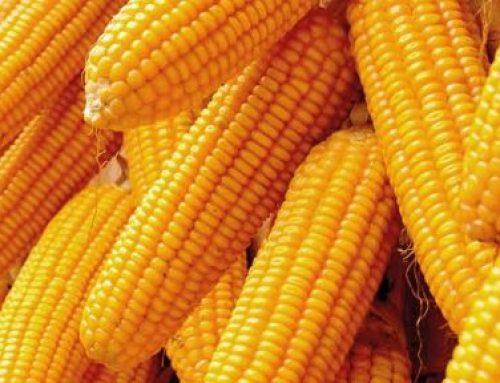Irvingia/ Bush Mango/ Wild Mango/ Dika tree is native to Africa and southeast Asia. Irvingia fruits and nuts are edible, fat and protein rich. The nuts are dried typically under the sun and usually sold as whole or in powder form.
It is a deciduous tree and reaches 30-40m in height. Its trunk is usually straight, short, and cylindrical. It is covered with scaly bark that peels away in plates. The leaves are alternatively attached to the stem with a greenish-yellow flower.
Ogbono/ Bush Mango Fruits

Ogbono Seeds

Bush Mango Fruits: – The fruits are eaten fresh or used in making fruit juice, jellies and jam. They are usually collected from the wild trees in the forest of South-eastern Nigeria, Cameroon, Gabon, Congo and some other West African countries.
Seeds: – The seeds can be dried and stored for a long period. They are smoothly grounded before use; the powder is mixed with either hot water or slightly heated with palm oil to create the distinctive flavor and texture that makes the basis of Ogbono soup.

Grounded Ogbono seeds
You can add kpomo or cow skin, assorted meat, vegetables, stock fish, grilled fish, chili peppers, crayfish, e.t.c.

Ogbono (Dika) nuts produce yellowish oil when pressed, the glycerides are made up of saturated fatty acids, primarily myristic acid and lauric acid. The oil is used in soap-making, cooking and the pharmaceutical industry.
Dika wood is hard and heavy with fine grain; used in local building material and has potential for lucrative trade. The tree bark is highly medicinal.
Health Benefits
Ogbono contains balanced nutritional oil and six (6) essential amino acids namely; Lysine, Tryptophan, Valine, Threonine, Isoleucine and Phenylalanine.
It also has good amount of minerals such as Magnesium, potassium, Sodium, Phosphorus and Iron.
Research has shown that ogbono assist in weight loss; by increasing the amount of leptin in the body, [the hormone that regulates energy balance by suppressing hunger and inhibit glycerol 3 phosphate dehydrogenase [GPDH] an enzyme that has the ability to accumulate fat.
It reduces serum cholesterol levels, inflammation and blood sugar levels.
METHOD OF PROPAGATION/LIMITATION
Ogbono tree takes about 10-15 years to fruit. People usually go to the forest to pick and eat the fruits so as to get the nuts/seeds.
In recent years farmers now cultivate Ogbono; the seeds are carefully handled in order to germinate.
The seeds are slowly dried and later soaked in water.
Until some years ago, 90% of dika products were harvested from scattered, wild trees. Dika trees were not cultivated systematically, because it was believed, that it takes up to 15 years until a tree bears fruit. Although they were not planted, their occurrence is high because they were also rarely lumbered. In a plantation using marcots (air-layering plants), flower production was observed two to four years after planting. Germination from seeds is low and when they are not handled carefully, most fail. The seeds are mostly extracted by breaking them by hand.
The domestication of Dika is in its early stages. Around 1990, vegetative propagation allowed mass replication and selection. Grafting, budding, air-layering, marcotting and cuttings are feasible when they are applied to young wood.





Leave A Comment